Apple's Transition to USB-C: Navigating the Shift from Lightning Connectors
Apples mandated switch to USB-C from Lightning connectors, driven by EU regulations, promises long-term convenience but requires users to invest in new cables, potentially causing short-term inconvenience.
Apple is gearing up for its highly anticipated annual fall event, set to take place at its Cupertino headquarters on September 12th. While Apple enthusiasts eagerly await the unveiling of the latest iPhone, there's a significant change on the horizon that may give some users pause: the shift from Apple's proprietary Lightning connector to the universal USB-C standard.
This transition is not a voluntary move by Apple but a response to a new European Union regulation. This regulation mandates that electronic device manufacturers, including smartphones, tablets, gaming consoles, and earbuds, must equip their products with USB-C ports by 2024. The EU's objective is to enhance consumer convenience and reduce electronic waste. The tangible benefit for consumers is that they'll be able to charge their future iPhones using the same charger that powers their MacBook, Nintendo Switch, or Beats headphones.
From a practical standpoint, this means fewer cables and chargers cluttering up your life, as you can carry a single charger while traveling or hold onto your existing cables for future gadgets. However, there's a catch. If you currently rely on Lightning connectors and don't own any USB-C chargers, you'll need to invest in a new set of cables and chargers.
This situation may trigger a sense of déjà vu for Apple users. Recall the shift from the original 30-pin adapter to the Lightning connector with the iPhone 5's debut in 2012. That transition was met with frustration as users scrambled to update their cables and accessories. Now, we're about to experience a similar upheaval.
If you use CarPlay to connect your iPhone to your car via a cable, prepare to switch to a USB-C cable. If you keep chargers in multiple locations, like your bedroom, kitchen, or office, you'll need to acquire USB-C cables for each spot. Apple, being Apple, is likely to profit handsomely from the sale of these new cables.
Despite the initial inconvenience, the move to USB-C is a positive step forward. It will ultimately make charging various devices more straightforward and reduce electronic waste. In the grand scheme of things, this transition aligns with a more eco-friendly and user-friendly future.
In conclusion, Apple's shift to USB-C may disrupt your charging routine temporarily, but it's a change driven by environmental responsibility and user convenience. While it may require some adjustment and investment in new cables and chargers, the long-term benefits are worth the temporary inconvenience.
Download your fonts:
Donkey Talk Font - Free Download
Millythea Font - Free Download
Scotland Stories Font - Free Download
Cempalakuneng Font - Free Download
Grillinea Font - Free Download
Cindy love Font - Free Download
Danke Linda Font - Free Download
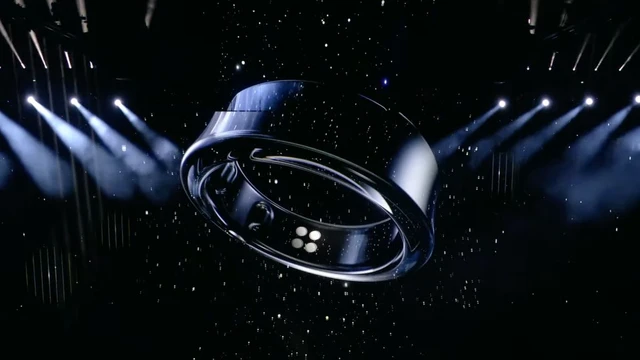


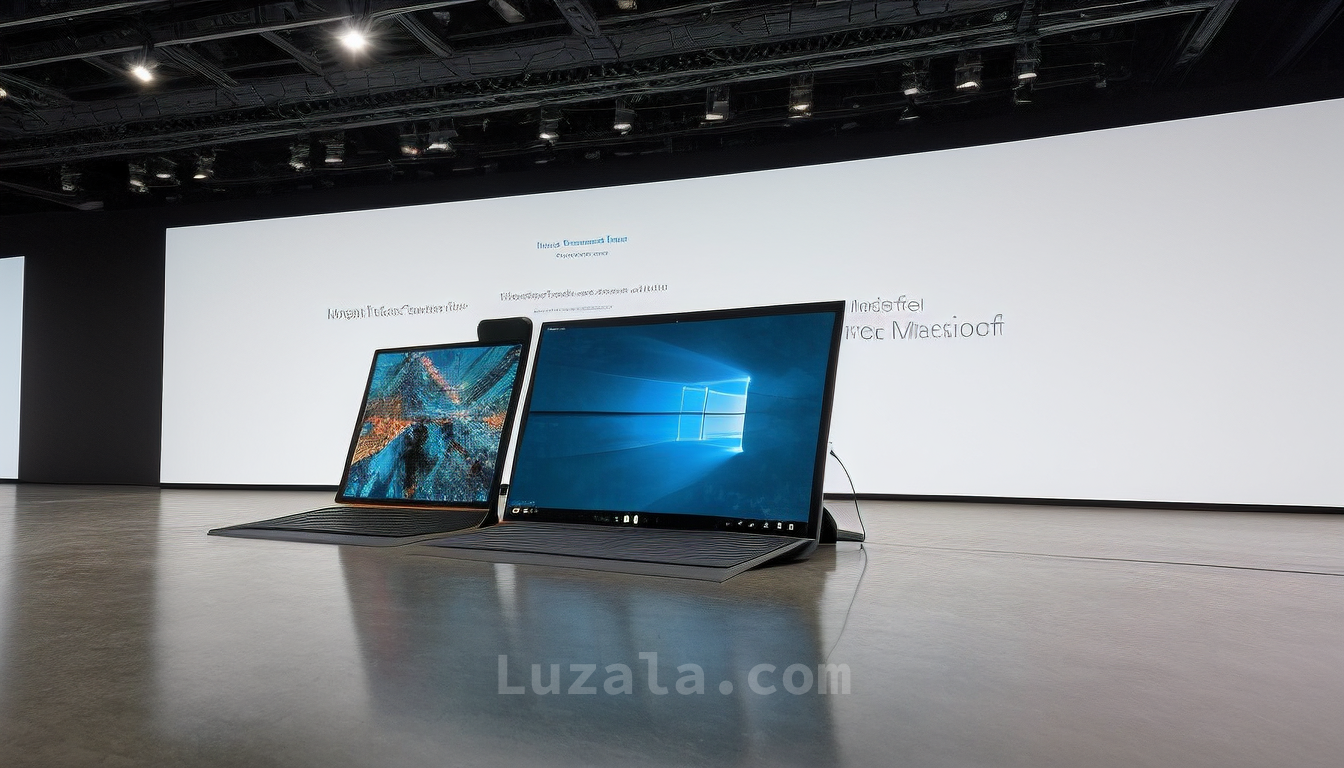
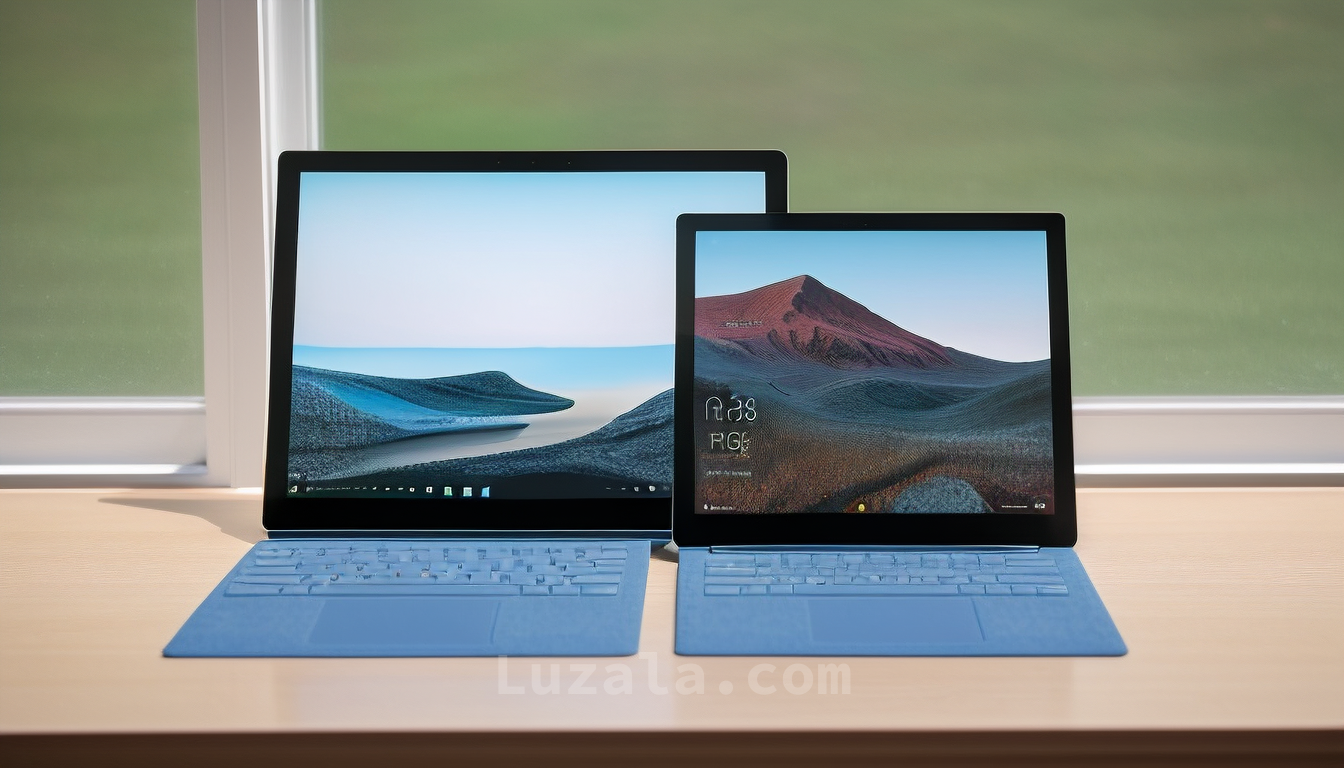

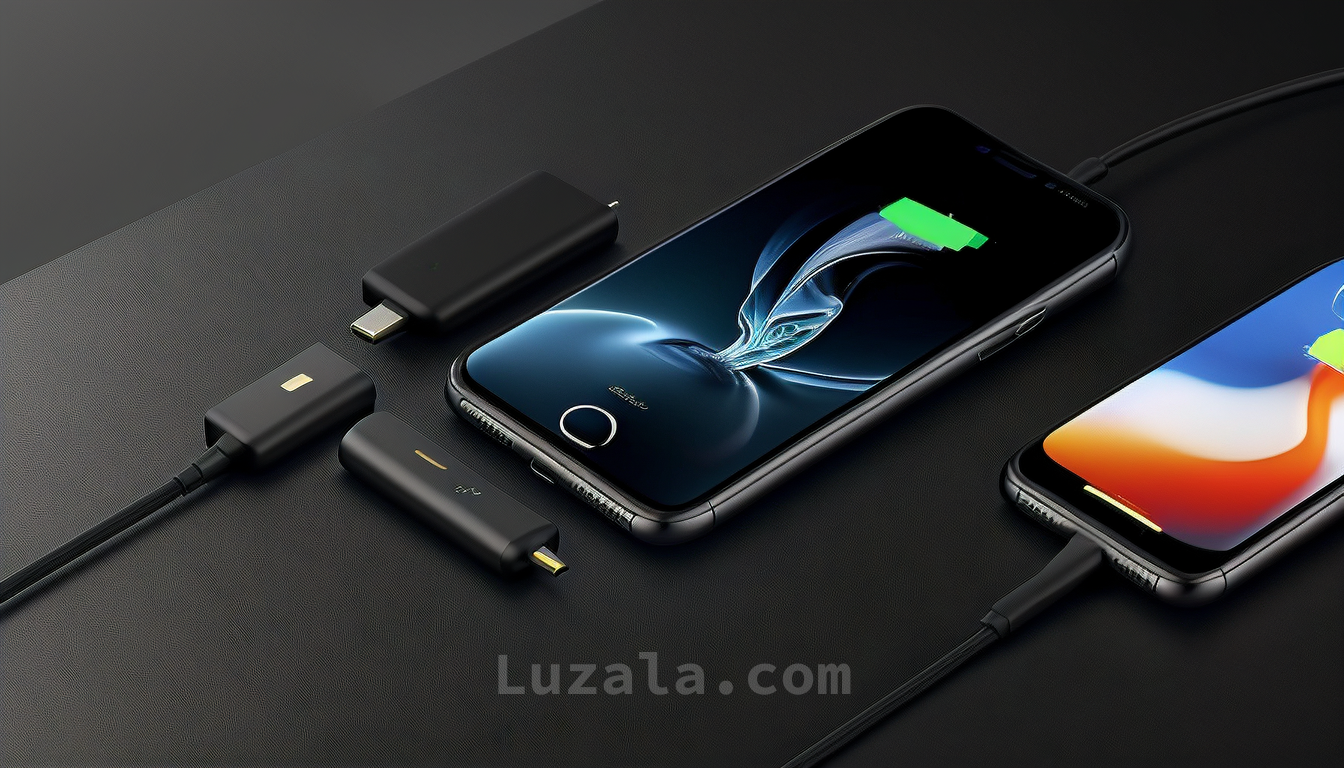

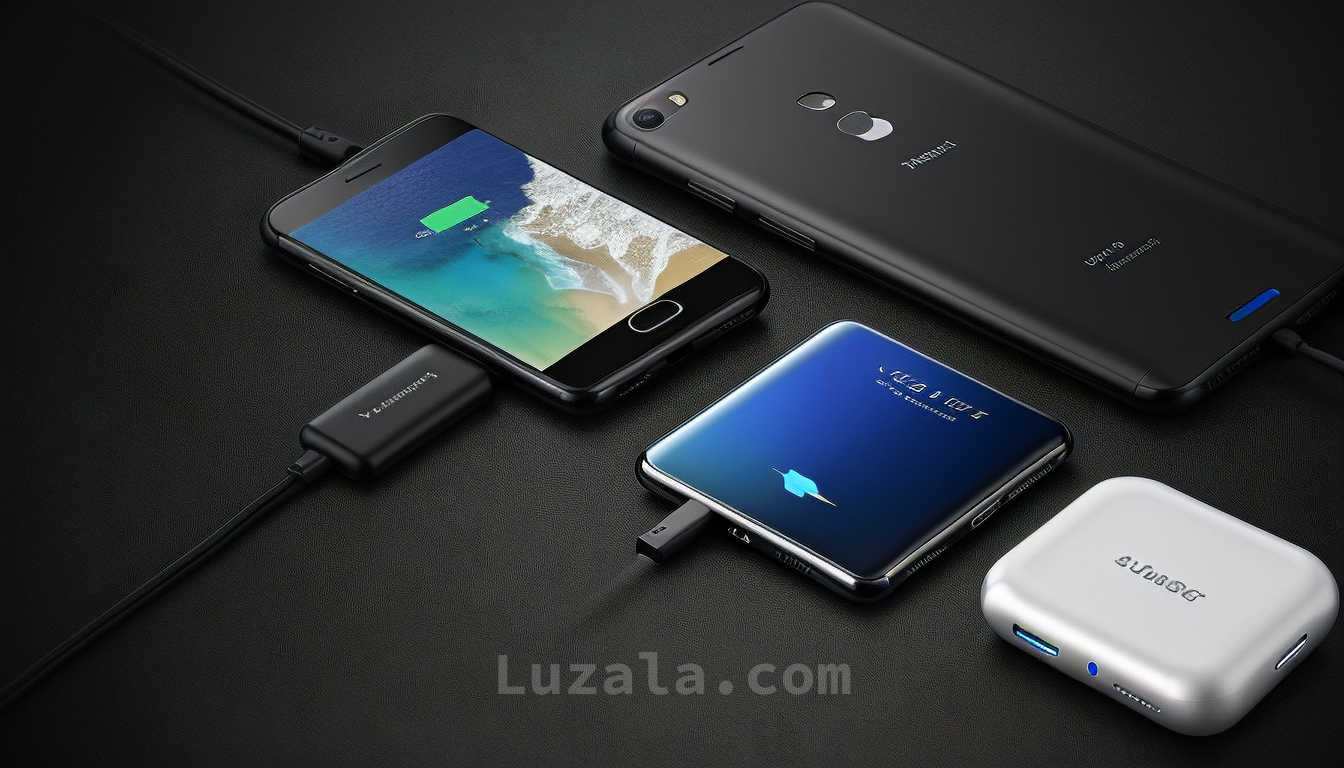
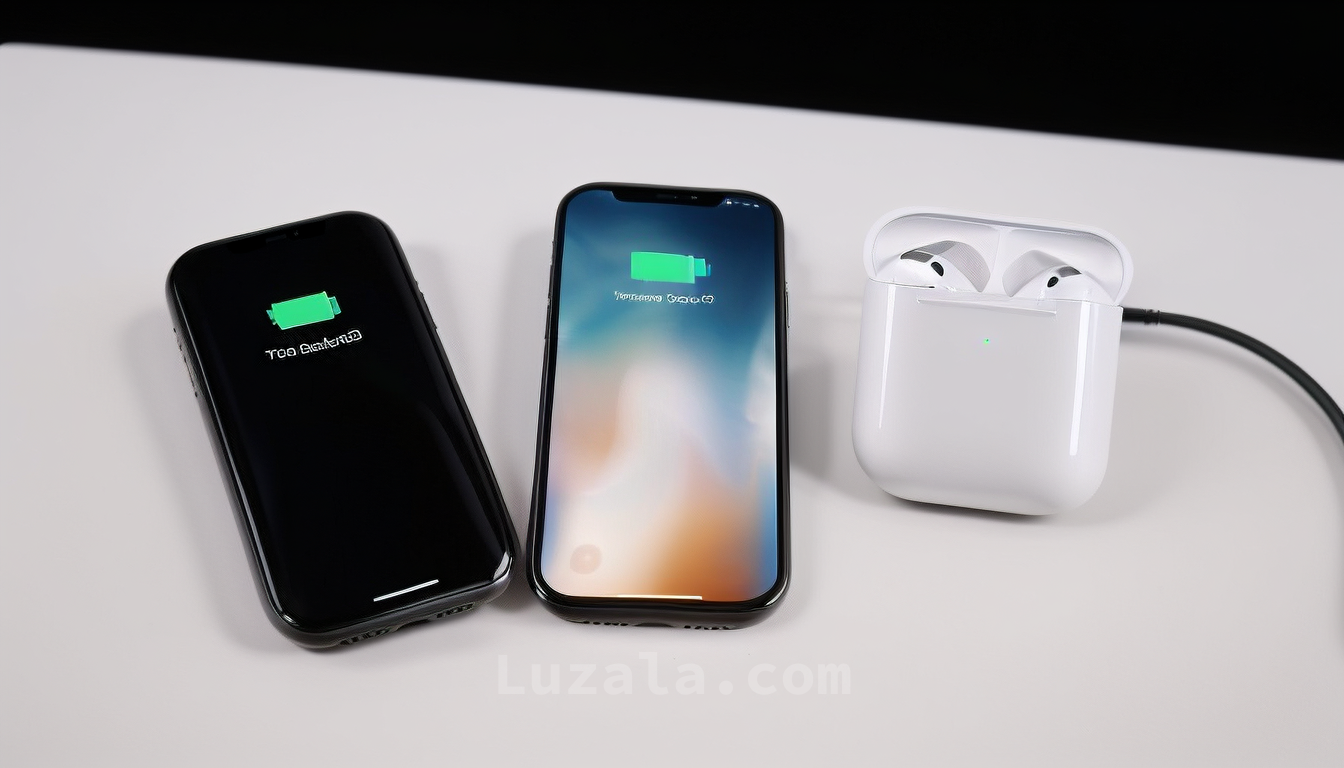





Comments